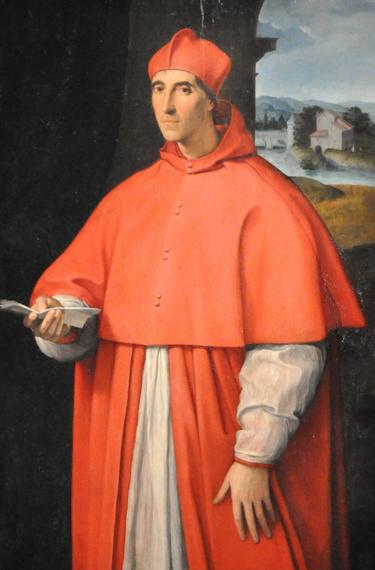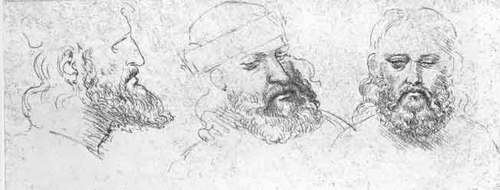Periodically we hear the anguished voices of sensitive aesthetes lamenting the deplorable and degraded state of contemporary art. These ascetic sophisticates often blame the prominence of Jeff Koons, Damien Hirst, and Takashi Murakami on the corruption produced by the vast, even unprecedented economic power of a few wealthy dealers (Larry Gagosian) and collectors (Steven Cohen) in the market for art.
The proposition that money corrupts art is absurd, and the contention that the link between the two is anything new is simply ignorant. Clement Greenberg long ago observed that advanced art has always been attached to society's ruling class by an umbilical cord of gold; I have previously written about how strong this tie was in the Renaissance.
 |
But a current exhibition illustrates an even more powerful point. As every admirer of Orson Welles knows, in one of his most famous speeches - as Harry Lime in The Third Man - Welles pointed out that Italy under the Borgias was plagued by warfare, terror, and murder, and produced Leonardo, Michelangelo, and the Renaissance. "Les Borgias et Leur Temps" at Paris' Musée Maillol forcefully documents what Welles remarked. In this elegant setting, the very faces of the evil dynasty of the Borgias gaze at us as they were seen by the greatest artists in the Western canon. Among its masterpieces, the exhibition includes a magisterial Titian portrait of Pope Alexander VI, a powerful Raphael portrait of Pope Paul III, and a wonderfully delicate Leonardo study of Cesare Borgia.
 |
The power and wealth of the Borgias were potent disinfectants: these images show us honest, sincere, and devout servants of the Church, with no hint of the sadistic and perverted assassins and lechers they were in reality. Our knowledge of the true history of the Borgias allows us to recognize that their evil and corruption were no bar to making their countenances the basis for inspirational and moving works of artistic genius. Not only does money not corrupt art: even blood money doesn't corrupt art. Nor is this surprising. The Borgias had real power in the market for art: Leonardo, Raphael, and Titian would not have considered declining their commissions, for the consequences of doing this could have been more than merely financial. Larry Gagosian and Steven Cohen can only dream of having power of this kind.
 |
"Les Borgias et Leur Temps" reminds us that today's market for art is far more competitive, and far more transparent, than in the past. And it demonstrates beyond any doubt that even an extremely high degree of power among its purchasers does not corrupt art. But Orson Welles knew that all along.